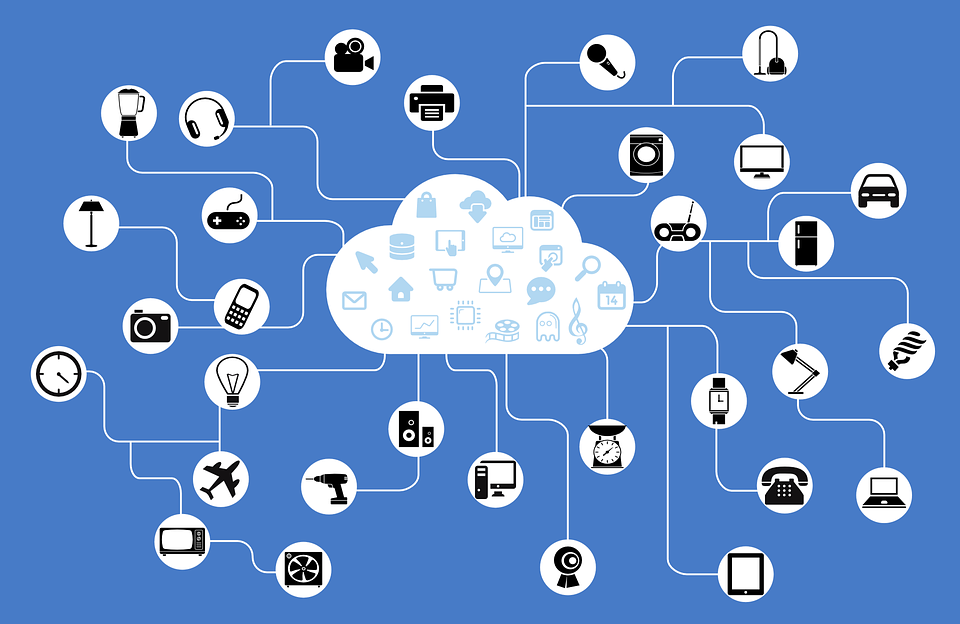Japan Running Out of 11-Digit Phone Numbers as Country Embraces “Internet of Things” Smart Technology
NEW YORK - The communications ministry of Japan has reacted to fears that the country will run out of 11-digit telephone numbers by 2022 by approving the creation of 10 billion 14-digit phone numbers, a move that has already been approved by the county’s three major mobile device carriers. The new numbers, according to reports, should be introduced by the end of 2021.

A number of factors, including the impending roll-out of Japan's new 5G Network in 2020, has attributed to an increase in devices with connectivity that will require a slew of new phone numbers. The rapid adoption of “Internet of Things” devices, which require their own contact phone numbers in Japan, has done a great deal to exhaust the country supply of 11-digit phone numbers in the country.
The new phone numbers, which start with the prefix “020,” were introduced initially at the start of 2017 to exclusively accommodate Internet of Things devices. 80 million “020” numbers have been assigned to Internet of Things devices as of the end of March 2019, but with the impending exhaustion of the current 11-digit telephone number system in Japan, officials have created 10 billion more “020” numbers with the intention that they would now be spread between both Internet of Things devices and traditional phone numbers.
The Internet of Things is the extension of internet connectivity into physical devices and everyday objects. Embedded with electronics, internet connectivity, and other forms of hardware, these devices can communicate and interact with other devices over the internet, and they can be remotely monitored and controlled. Typically, the technology is most synonymous with the concept of the “smart home,” covering devices and items such as lighting fixtures, thermostats, home security systems, cameras, and other home appliances that can be controlled via devices such as smartphones and smart speakers, such as Amazon's Alexa device.
Currently, the 11-digit phone number system in Japan supports prefixes beginning with “080,” “090,” and “070,” but the country, ever at the forefront of technological innovation, has been one of the leading embracers of Internet of Things devices and smartphone tech in general. With that being the case, the fact that the island nation is rapidly exhausting its supply of phone numbers is hardly surprising.
In fact, Japan is not the only country facing the issue of needing more phone numbers as technology becomes more prevalent in everyday life. In the United Kingdom, for example, in 2014 callers in certain areas had to start including a 5-digit area code prefix whenever they made a call – even if it was local – after the pool of existing phone numbers began to run out. However, as the country moves more towards IP-based telephone networks, the UK's national telecom regulator has begun mulling over the possibility of dropping area codes entirely.
As Internet of Things devices began interfacing more and more in terms of connectivity with smartphone devices, more and more phone numbers have been required to meet the needs of this technological union. In fact, by the end of 2020, experts estimate that there will be at least 50 billion linked devices worldwide, with the global Internet of Things market value projected to reach $7.1 trillion.
Defining the Internet of Things as "simply the point in time when more 'things or objects' were connected to the Internet than people", Cisco Systems estimated that the concept was "born" between 2008 and 2009, with the things/people ratio growing from 0.08 in 2003 to 1.84 in 2010.
The concept of a network of smart devices, however, is not brand-new; the idea was discussed as early as 1982, with a modified Coke vending machine at Carnegie Mellon University becoming the first Internet-connected appliance, able to report its inventory and whether newly loaded drinks were cold or not. Today, a growing portion of Internet of Things devices are created for consumer use, including connected vehicles, home automation, and wearable technology, such as the popular FitBit activity tracker.


